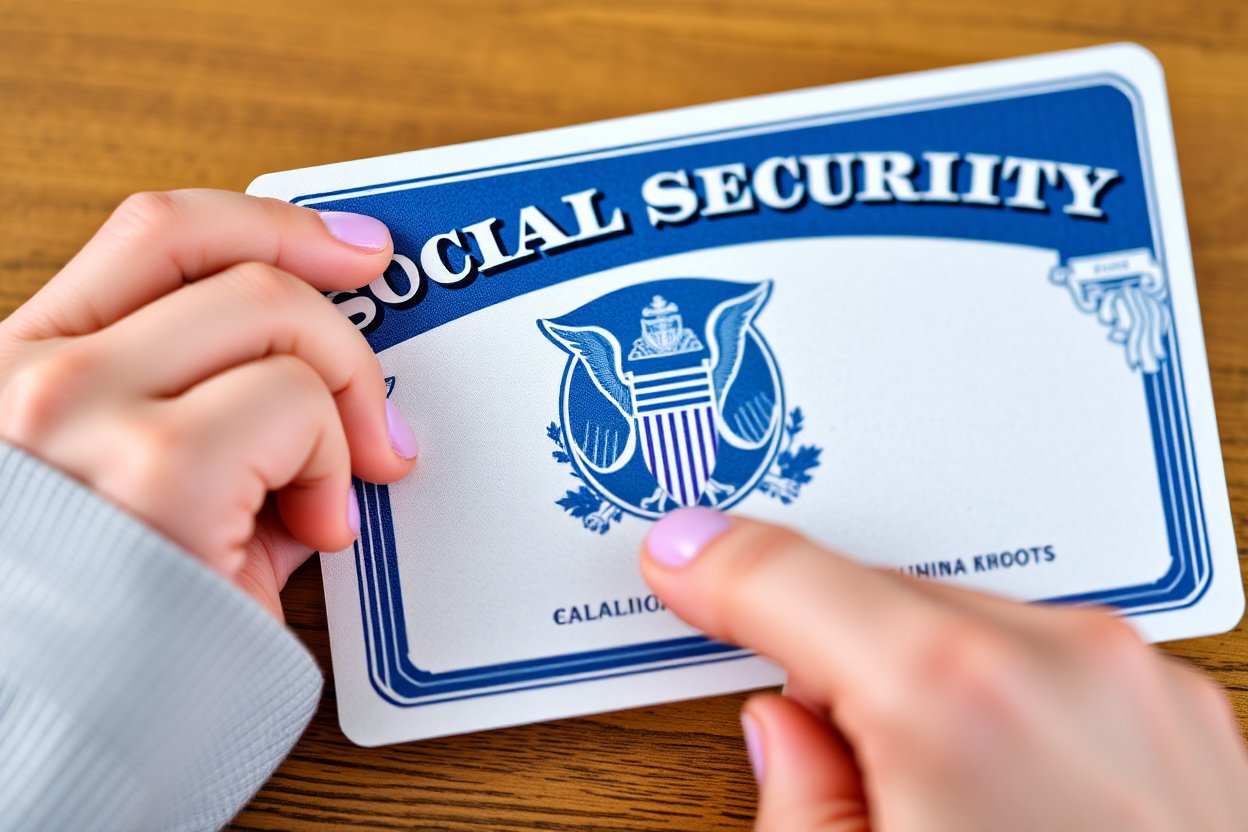SSA Identity Proofing Policy Change Social Security Restores Phone Services
Blackballed from the public space and censured for the changes that are in particular back (drastically rolled back), the Social Security Administration (SSA) was the first to intervene. The SSA aimed to upgrade security methods but was put on trial for potentially being exclusionary to those whose access to the service is dependable.
Keep reading
Initial Policy Announcement and Objectives
By March 18, 2025, the SSA was developing rigorous identity-proofing technologies to combat identity theft and safeguard customers’ data. The alteration in the latest proposal was said to be related to the direct deposit request; the request processing went from 30 days to 1 day.
Public and Advocacy Group Response
The first announcement was followed by an immediate response from interest groups, people who live on social security, and members of the parliament. The objectors included older people and people with disabilities to a larger extent than the rural people, such as the elderly and disabled people, who reasoned that the rural areas where the access to the SSA offices normally is sparse and there is very little internet were the most affected. Nancy LeaMond comments that AARP’s chief advocacy officer and engagement officer will “create fear and panic” through unnecessary inconvenience that will add no value to the senior citizens’ lives.
SSA’s Revised Approach
Once they were panned, the SSA announced that the release of the new plans would be delayed by two weeks, which might move the implementation date to April 14. The Assistant Commissioner remarked that the delay of the new measures would make it possible for full staff training and effective service delivery among people in need to be realized. He expressed the view that navigating the tension around a requirement for heightened security on the one hand and for help to be easy on the other was a critical issue.
Additionally, the SSA has returned to reviewing its mode of identifying persons through in-person identification and has adjusted its on-the-air policy. Consequently, the individuals listed with face-to-face interactions at SSA offices on April 14 are the three groups: retirees, widows, and children. In contrast, the tٍthehey will do it through the phone if they can’t get to the online portal. Still, they will get the needed Social Security Disability Insurance (SSDI), Supplemental Security Income (SSI), or Medicare. The exception is included for the express purpose of the people who might face extreme difficulties with the personal services.
Implementation and Training Measures
The approach of the transition to the new identity-proof system has not come easy. SSA has launched a comprehensive workshop for its staff members to enable them to acquire their means of identification. To a great extent, this involves almost all department staff being present at the office daily to assist in the on-the-spot identity confirmation requirement, which, along with introducing the new SSDI program, are some innovations being introduced. They also know that this will help them do easy and fast transactions with no false information that might (RuntimeWidth, Height);
Ongoing Concerns and Recommendations
Despite the changes, however, the beneficiaries demanded a voice at the earliest to deliberate their challenges while in the past. Mrs. Brzezinski has no intention to cede, yet she acknowledges that the SSA is going the right way in terms of a thoughtful approach to not only the absorption of public input but also the preparation of clear communication plans ahead. She not only proposed breaching the use of the term but also suggested bringing about the implementation of the term. Those things, having said, the other worries, including access and service delivery, cannot be overlooked. Simultaneously, the demands of other people should also be responded to.
Conclusion
The adoption by SSA of the ssaidentityproofinginitiativewiththeSSAtool, although a genuinely daring way to make the identity assurance system stronger yet, is the right thing to do when the government’s data integrity comes into mind, was commented on in the past. Nevertheless, how the community initially responded to the company’s approach and its effect on the site’s accessibility can be a concern. However, the only population being affected is the most vulnerable.
Moreover, the redundancy and the simultaneous carrying out of the policies by the agency have not been congruent so far, and indeed, other methods may be seen. The SSA is executing its policies responsibly, and having to change the implementation time only to the public’s reaction is proof of that. Alongside all of this, the SSA should emphasize safety, which is the main criterion.
Thus, it should not look aside while working closely with the related parties to ensure that security systems do not worsen the plight of those needing such services. Then next, the disabled and the visually impaired people of the community should be given help on this without an impact on any particular sector.


